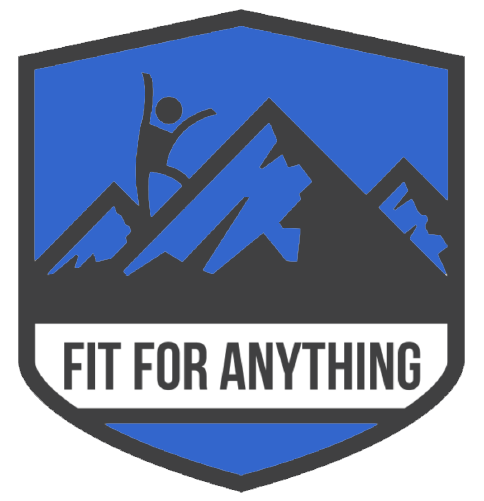A rotator cuff injury is the most common sort of shoulder injury. We explore what these are, how they occur and what can be done about them.
What is a Rotator Cuff?
Your rotator cuff is the group of four muscles located around the shoulder joint. These muscles work as a team to keep to join stable and to facilitate fluid shoulder joint movement. The tendons of these muscles together combine to form a large tendon called the rotator cuff tendon. This rotator cuff tendon connects to the top of the humerous.
Under this exists a space referred to as the subacromical space which contains a sac filled with fluid and it is this sac (the subacromial bursa) that facilitate the movement your shoulder is used to.
It’s worth mentioning that the sac contains a number of pain receptors.
What Causes the Pain
There are a number of injuries referred to as rotator cuff injuries, ranging from tears to what is known as subacromial impingement (a trapped tendon, tendinitis, bursitis etc) or calcific tendonitis (where calcium builds up in / around the rotator cuff tendon).
GPs and experts in rotator cuff injuries tend to use the term subcromial pain when referring to this type of injury.
What Causes the Injury?
There are a number of ways to hurt / damage your rotator cuff, some from sports / over use, falling etc and others from less expected sources. A contact of mine, for example does not play sport and is moderately active only and yet has suffered terribly with a rotator cuff injury. The cause of hers (as a copywriter) has been an RSI type injury caused by the time spent in a certain pose typing on a computer.
No-one is immune to these injuries and so it is important to understand what they are and what may be done about them.
Diagnosis and Treatment
Your GP will often be able to diagnose a rotator cuff injury via discussion and examination. Movement is restricted and pain when the arm/shoulder is manipulated in certain ways can be a key indicator for those trained to recognise them. Ultrasound / MRI may be required in some cases to confirmed diagnosis. Symptoms to look out for may be pain in the shoulder, weakness, a clicking sound when moving, an inability to take part in previously enjoyed activities such as swimming and many find the pain worse at night, making it hard to sleep.
Treatment varies dependant on the severity and type of rotator cuff injury.
First of all, stop doing whatever makes the pain worse. This doesn’t mean stop using the shoulder at all, but avoid movement that clearly aggravates the pain such as overhead activities or movements which make the pain harder to bear.
Most GPs advise using painkillers such as paracetamol and may prescribe anti-inflammatories such as naproxen. Stronger painkillers may also be prescribed. Ensure you check with your GP before starting any new painkillers or anti-inflammatories as they may interact.
Ice Packs will also provide local and immediate relief.
You may be advised to visit a physiotherapist for advice on shoulder exercises to do to strengthen the shoulder and to stop it seizing up (staying mobile is essential). Alternatively, you may be given a leaflet or be signposted towards a video / website which provides exercises that will help.
Steroid injections may be advised to relieve pain and to enable you to continue with the exercise plan you have in place. If these works well for you, you might have injections periodically to reduce the inflammation until such a time when the injury has reduced and they are no longer needed.
Surgery is an option in some cases, particularly in the event of a tear when physiotherapy and drugs have not helped and pain and weakness persists.
In Summary
A rotator cuff injury can be painful and limiting. It is also important that you see your GP to ensure proper diagnosis of a RC injury and the type of injury as this will affect treatment and your recovery.
Ensure that you follow physiotherapy advice and continue with treatment until you are discharged. You will also be given guidelines on way to reduce the risk of reoccurrence.
While halting or altering your training due to an injury is not ideal when you are motivated and working towards a goal a short term break to heal is important and will increase your chances of longer term success.

